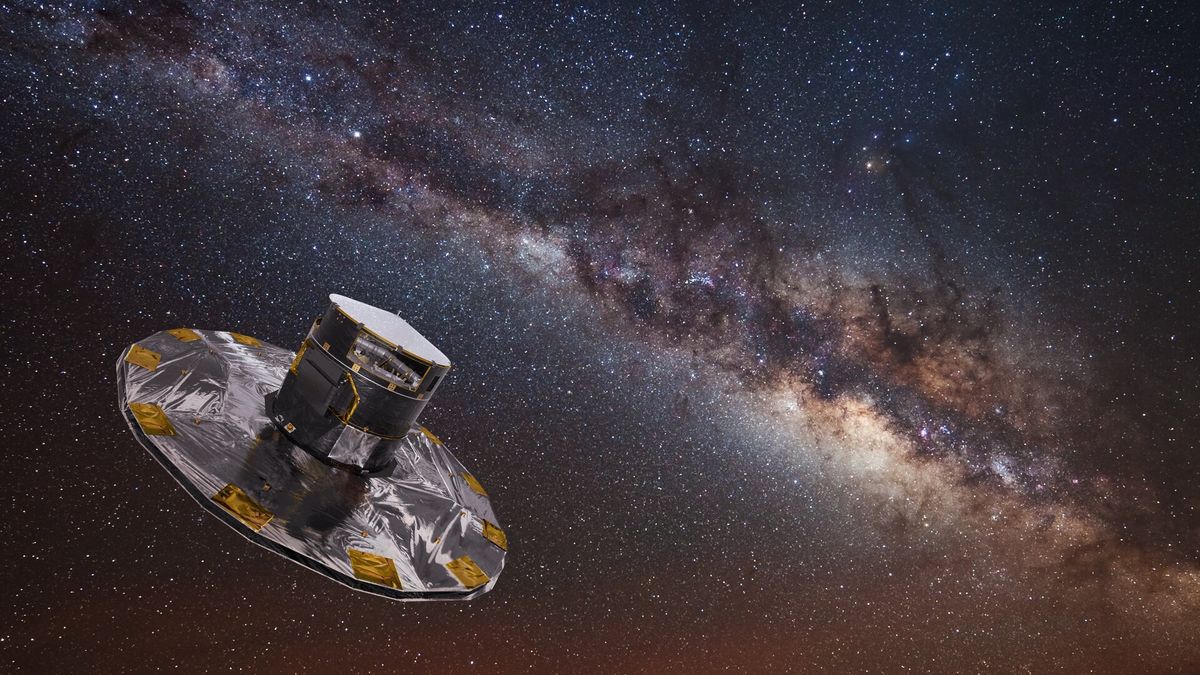Livescience
1d
19

Image Credit: Livescience
Gaia telescope retires: Scientists bid farewell to 'the discovery machine of the decade' that mapped 2 billion Milky Way stars
- The Gaia telescope, after 11 years of operation, bid farewell on March 27, marking the end of its mission to map the Milky Way and our cosmic neighborhood.
- Gaia, launched in December 2013, provided a vast catalog of nearly 2 billion stars, 4 million potential galaxies, and around 150,000 asteroids.
- The telescope's data has led to over 13,000 scientific studies and has significantly influenced various astronomy disciplines.
- Gaia's precise 3D map of the Milky Way helped in understanding its spiral structure, dark matter halo, and the mystery of the galaxy's warped disk.
- The telescope revealed the Radcliffe Wave, a huge stellar structure impacting Earth's climate, and provided insights into starquakes, high-velocity stars, and black holes.
- Gaia's data has been used to measure the expansion rate of the universe, contributing to the debate around the universe's accelerated expansion.
- After running out of fuel, Gaia was powered down and moved to a retirement orbit to prevent any future reactivation.
- To honor its mission, Gaia's onboard software was overwritten with farewell messages and the names of 1,500 contributors.
- Only a third of Gaia's data has been analyzed, with more discoveries expected as the remaining data is processed and released over the coming years.
- Scientists regard Gaia as the 'discovery machine of the decade' and anticipate continued discoveries from its extensive dataset.
Read Full Article
1 Like
For uninterrupted reading, download the app